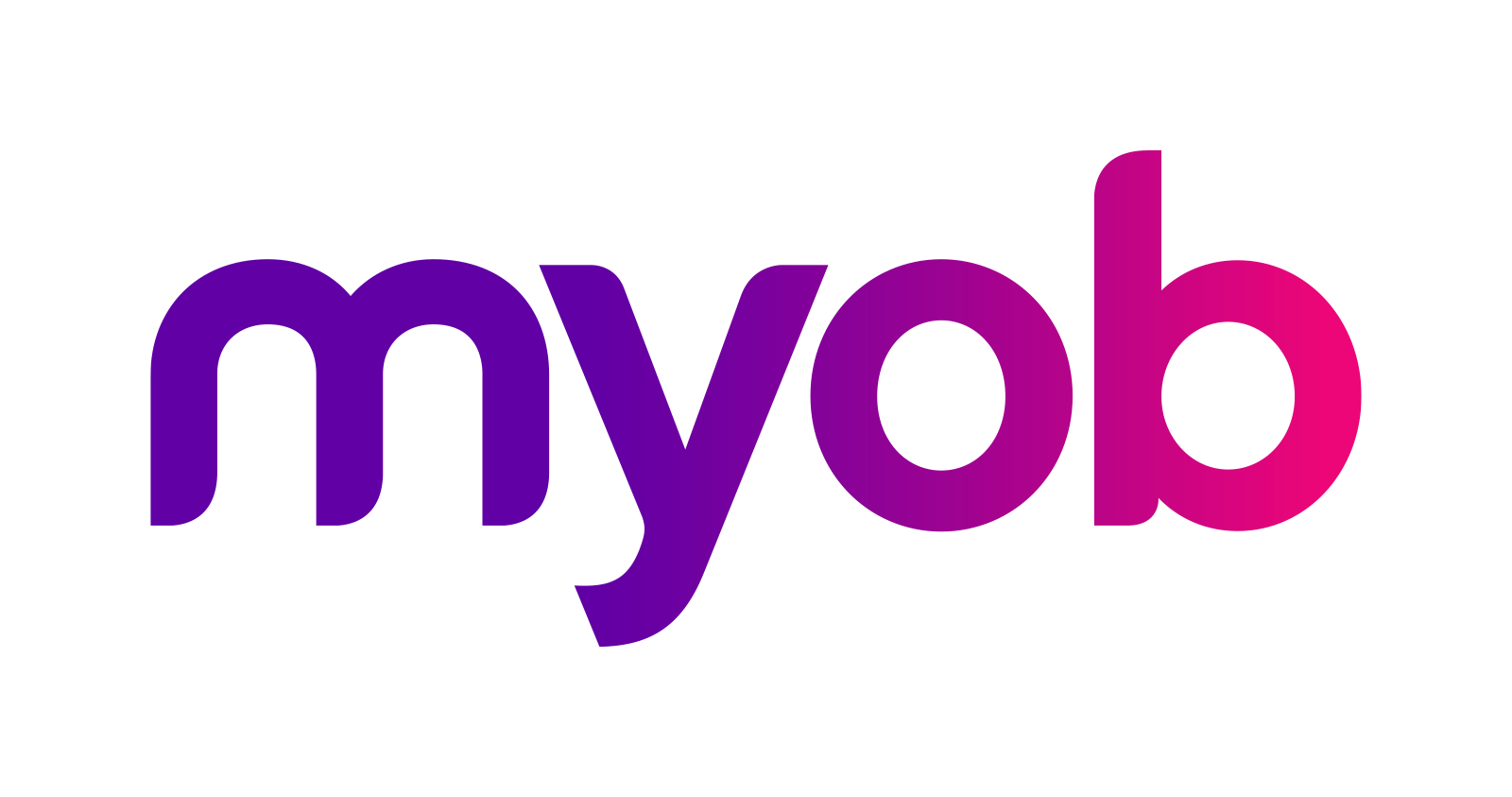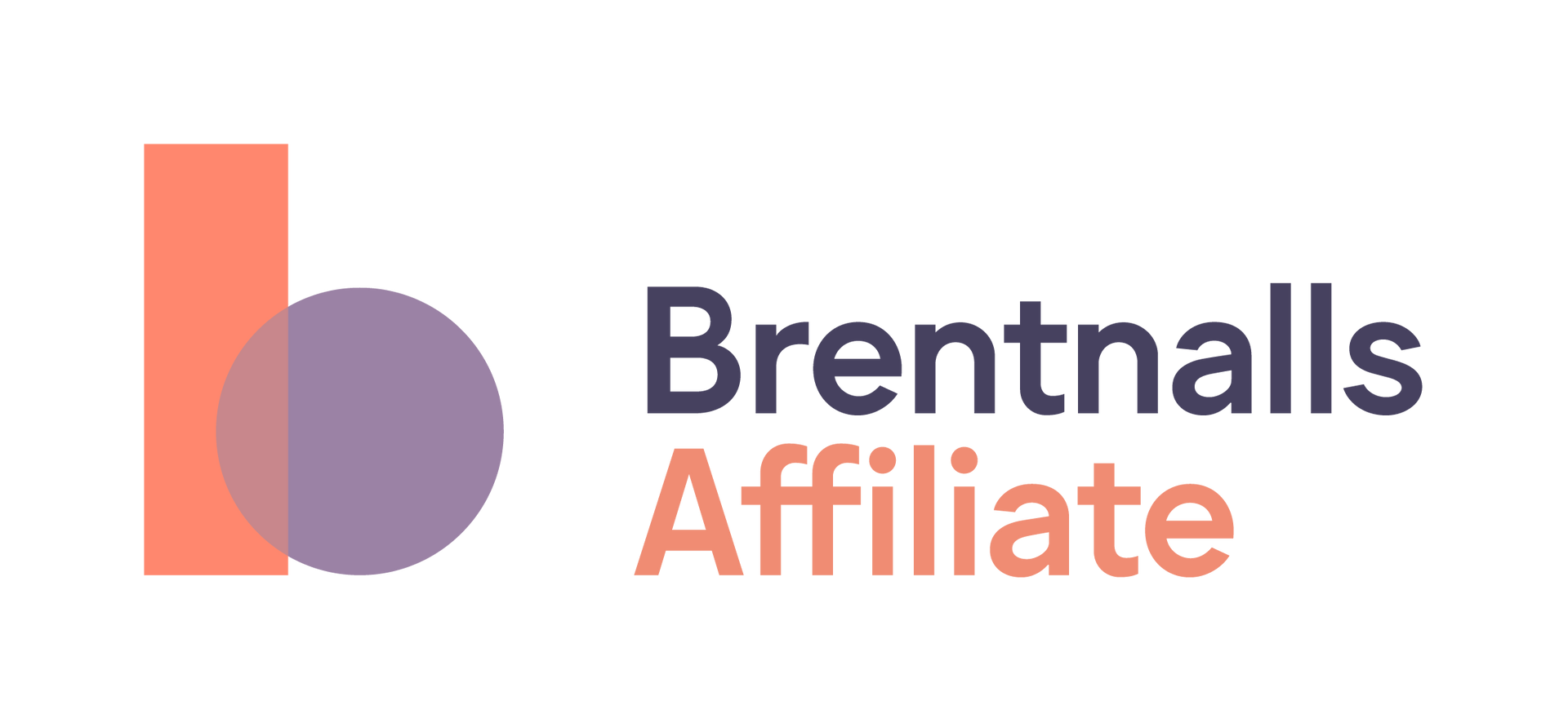News Articles
Agribusiness Industry
7 ways to manage your agribusiness cashflow
4 December 2022

Earlier this month, a national broadcaster covered a radio story on farmers renting space for start-up businesses in a bid to diversify income. It may be a laudable idea, but agribusinesses often have a cyclical cash flow, and managing the ebb and flow of cash doesn’t have to involve branching into entirely new ventures that can demand large chunks of capital with no guarantee of success. It can make better financial sense to rethink the way you manage on-farm cashflows.
The team at Brentnalls SA has significant experience in the agribusiness sector, and our combined depth of knowledge means we know what works and what doesn't when it comes to juggling lumpy farm cashflows.
We know, for example, that right now, many grain growers have seeded pastures and may not receive noteworthy cash inflows until 2023, so they will be at a low point in the annual cash flow cycle. Others, such as viticulturists, may be at the peak of their cash flow cycle.
No matter where in the cycle your agribusiness currently sits, it is important to plan year-round.
So, this month we look at seven strategies agribusinesses can deploy to ensure they have the year-round cash needed to run smoothly and seize opportunities when they arise.
1. Set a business budget and stick to it
There is no getting around the fact that budgeting is the single most important and effective tool for getting your agribusiness cash flow under control.
It’s a big claim, but few successful businesses coast along without any plans—and at the heart of every well-formulated plan is a budget.
An agribusiness budget lets you maintain financial control and prevent money or resources from being wasted.
Chances are your accounting software has functions to help you draw up a budget for the year ahead. But a budget is only as good as the input data, and we can help you draw up a realistic budget for the year ahead—it’s never too late to start.
With your budget in place, it’s a lot easier to compare actual-to-budget results to identify where and when cash shortfalls arise, and this can be instrumental in planning for cash deficits and finesse future budgets.
2. Prepare a cashflow forecast
Cash is king in any enterprise, and a well-prepared cashflow forecast will estimate an agribusiness's future financial position and identify whether it will have the necessary cash holdings to meet future demands while providing pointers on better managing working capital.
Cashflow forecasts are particularly important for agribusinesses, which are notorious for having inconsistent cashflows.
The upshot is that a cashflow forecast will show cash peaks and valleys, letting you know when to take action to stabilise cashflow.
If you are unsure how to prepare or analyse a cashflow forecast, talk to a Brentnalls Agribusiness team member.
3. Put discretionary spending under the spotlight
While some agribusinesses have very little fat to cut from spending at this time of year, there is almost always a level of discretionary spending that can be put under the spotlight.
As a guide, it can be possible to trim travel costs by holding virtual meetings instead of in person. Rather than attend conferences, consider linking in to webinars if cashflow is tight.
4. Seek out better deals
In an environment of rising inflation and higher costs, it is critical to question every expense rather than simply accepting a supplier’s price.
Seeking out a better deal may mean an investment of your time. But all too often we see agribusinesses ‘do what they have always done'—be it automatically renewing insurance coverage or sticking with the same supplier (and the same supplier’s terms) year after year.
This inertia could be draining business cash flow.
Take the time to compare quotes, prices, and payment terms, and you could find innovative ways to spread cashflow more evenly.
5. Review your finances
Short-term finance can provide a quick fix to challenging problems. But it often comes at the cost of higher interest rates, fees, and charges.
A more cost-effective solution can be longer-term finance.
The main point is to take a close look at your financing costs to see how you can minimise the costs while maximising cash flow.
It can be a juggling act; however, our team can do the sums for you to let you know the appropriate blend of finance options for your agribusiness.
In today’s environment of rising interest rates, it is critical to review all your business debts.
If your business is continually having to rejig cashflow to manage multiple debts, an option worth thinking about can be a debt consolidation strategy. It can be an easy way to streamline cash flow and achieve savings through a lower overall interest rate.

6. Carefully manage stock
Stock can be a major part of an agribusiness’ working capital and therefore plays a key role in cash flow management. However, stock comes with holding costs. Holding stock and looking for the top price may seem like a good idea, but this can put pressure on cash flow. When doing this, you also need to consider the incidental costs of holding stock for a longer period, i.e., interest, maintenance, and storage.
7. Consider diversifying on-farm activities
If you can diversify activities, it may help to flatten out cashflow peaks and troughs. This can mean finding a combination of cropping and livestock or assessing carbon farming options—what’s right for your agribusiness is a very personal issue. Nonetheless, diversifying revenue streams doesn’t just smooth out cash flow; the upside is that it can also protect farmers against a downturn in one particular market.
For more information, contact the team at
Brentnalls Agribusiness to discuss further.
Discuss Further?
If you would like to discuss, please get in touch.
Disclaimer
The information provided in this article does not constitute advice. The information is of a general nature only and does not take into account your individual financial situation. It should not be used, relied upon, or treated as a substitute for specific professional advice. We recommend that you contact Brentnalls SA before making any decision to discuss your particular requirements or circumstances.







